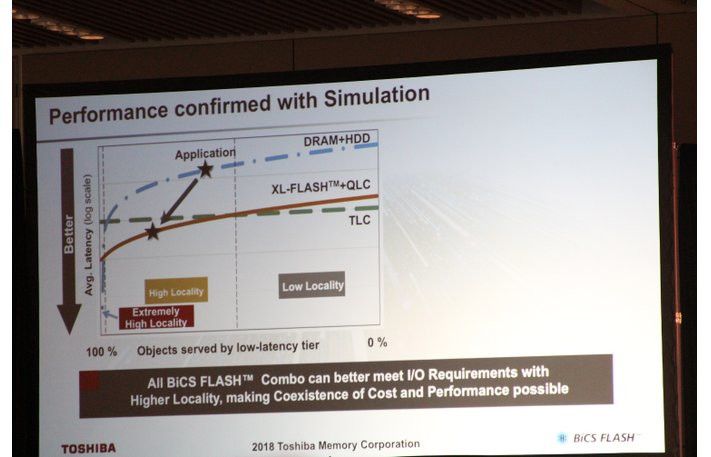Toshiba announced the development of 3D XL Flash technology at the Flash Memory Summit, focusing on the development of low-latency 3D NAND memories that can compete with the new Optane and 3D XPoint technologies. Toshiba says the new approach to low latency NAND storage could reduce latency values to only 1/10 of the current NAND TLC price for the consumer.
XL Flash technology promises improved 3D NAND memory latency
An XL-Flash upgraded NAND architecture could correspond to what Samsung does with its Z-NAND technology, which could reduce production costs compared to Optane. Toshiba will use its BiCS flash technology, but XL flash is used at least initially in SLC implementations to improve performance (7 microseconds response time versus 30 microseconds for QLC). Of course, this reduces the storage density, but we should not forget that the aim is to offer a similar performance as Optane and the same or better density at a lower price.
Toshiba’s steps to improve performance include shortening bit and word lines, internal cell connections, shorter cell paths mean lower latency and better performance. In addition, parallelism and performance have been increased by adding additional flash layers, independent regions that can respond to data requests simultaneously.
The XL Flash is expected to be used as a cache for high-density QLC drives and standalone products attempting to dethrone Intel Optane storage offerings.
Toshiba looks ambitious with the XL Flash initiative and is one of the largest memory manufacturers in the world.
